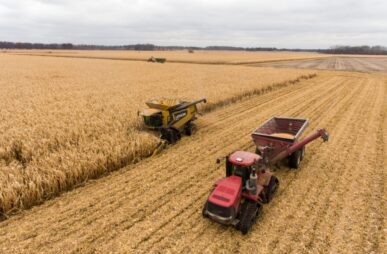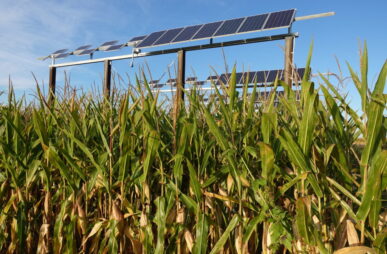PFAS chemicals found in 71% of tested Wisconsin wells
By Shannon Kelleher
The majority of private wells providing water for 450 Wisconsin homes tested positive for harmful chemicals, though mostly at low levels, according to a new study.

By Shannon Kelleher
The majority of private wells providing water for 450 Wisconsin homes tested positive for harmful chemicals, though mostly at low levels, according to a new study.

By Keith Schneider
For decades, leading US farm leaders have likened efforts to rein in harmful climate change as attacks on agriculture itself, aligning with oil and gas industry groups to block policies aimed at reducing greenhouse gas emissions.

Grace van Deelen
In a corner of southwestern Wisconsin, in a town called Eden, Bob Bishop spends his days farming land that has been in his family since the 1940s. He manages about 2,000 acres— some is pasture for his cattle, some is seeded with corn and soybeans. But 40% of his acreage, as he likes to say, will soon be farming the sun.